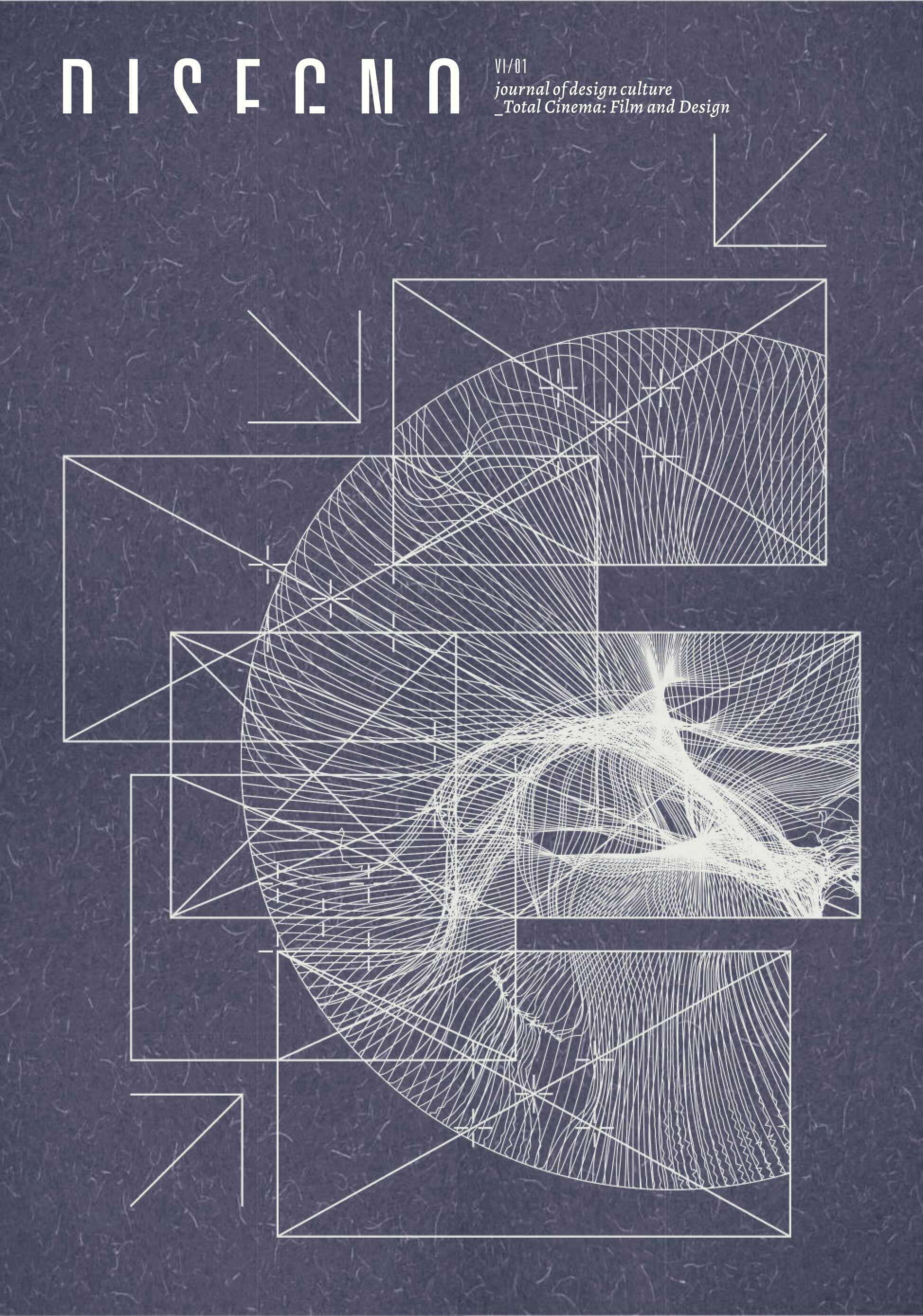From Screenwriting to Space-Writing
From Screenwriting to Space-Writing
Author(s): María Cecilia ReyesSubject(s): Film / Cinema / Cinematography
Published by: Moholy-Nagy Művészeti Egyetem
Keywords: immersive narratives; screenwriting; space-writing; storyboarding; XR VR
Summary/Abstract: In the past ten years, audiovisual creators have been working on the development of narrative experiencesfor extended reality (XR) technologies, especially virtual reality (VR). The evolution ofthis practice has led to the creation of a technical language and processes. The transfer of knowledgefrom cinematography and videography has been the basis for the creative practice of “immersivenarratives,” very often carrying with it jargon and practices that do not fit entirely with XR’s spatialnature. In this essay, I ref lect on whether we are still writing for a screen or writing for space from apractitioner's perspective. Such a change of perspective starts with the recognition of the perceptualsphere and how to compose scenes in it. In this regard, a review of storyboarding for VR, followedby my own experience in creating an interactive VR movie, allowed me to ref lect on the concept offraming, camera positions, and authorial intentions. Finally, I argue that we can move from screenwritingto space-writing in relation to the technologies and immersive power of XR.In the past ten years, audiovisual creators have been working on the development of narrative experiences for extended reality (XR) technologies, especially virtual reality (VR). The evolution of this practice has led to the creation of a technical language and processes. The transfer of knowledge from cinematography and videography has been the basis for the creative practice of “immersive narratives,” very often carrying with it jargon and practices that do not fit entirely with XR’s spatial nature. In this essay, I reflect on whether we are still writing for a screen or writing for space from a practitioner’s perspective. Such a change of perspective starts with the recognition of the perceptual sphere and how to compose scenes in it. In this regard, a review of storyboarding for VR, followed by my own experience in creating an interactive VR movie, allowed me to reflect on the concept of framing, camera positions, and authorial intentions. Finally, I argue that we can move from screenwriting to space-writing in relation to the technologies and immersive power of XR.
Journal: Disegno – a designkultúra folyóirata
- Issue Year: VI/2022
- Issue No: 1
- Page Range: 86-103
- Page Count: 18
- Language: English

